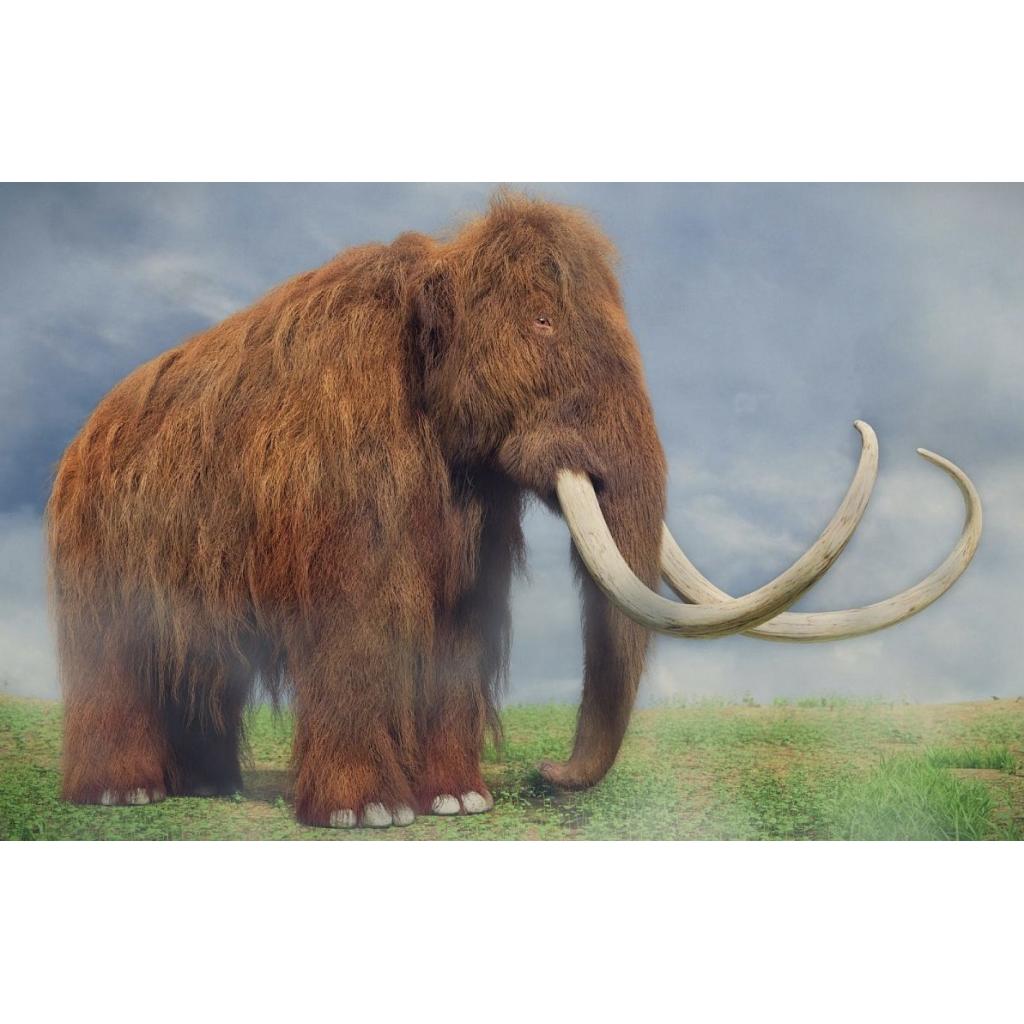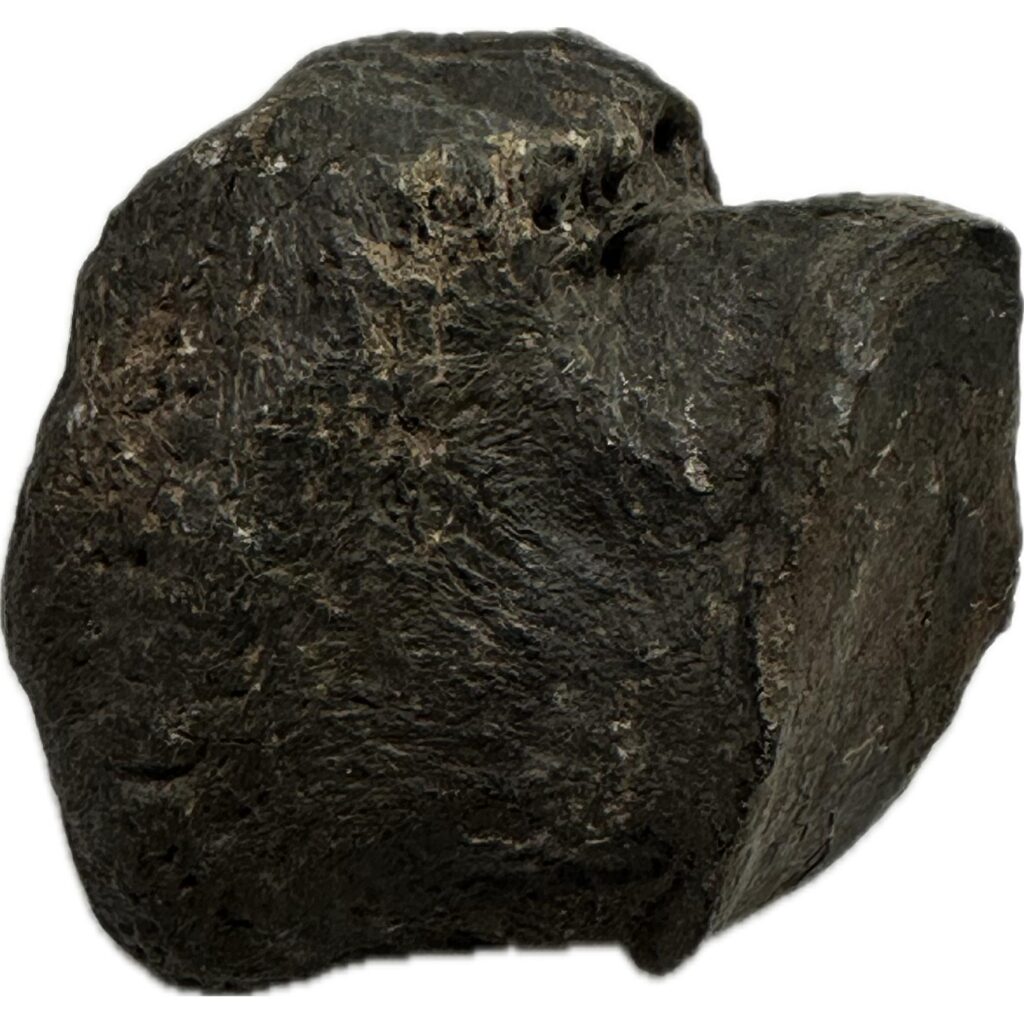
The woolly mammoth, scientifically known as Mammuthus primigenius, is an extinct species of mammoth that once roamed the Earth during the Pleistocene epoch, which spanned from about 2.6 million years ago to around 11,700 years ago. These majestic creatures are perhaps one of the most iconic representatives of the last Ice Age, captivating the imagination of scientists and the general public alike.
Physical Characteristics: Woolly mammoths were well-adapted to the harsh, cold environments of the Pleistocene, sporting a distinctive coat of long, coarse hair that could reach up to three feet in length. This dense fur, often brown or dark in color, served as insulation against the frigid temperatures. Additionally, they had a layer of underfur to trap heat close to their bodies, enabling them to thrive in the icy landscapes of Europe, Asia, and North America.
One of the most recognizable features of woolly mammoths was their impressive tusks. These elongated, curved ivory structures could reach lengths of up to 16 feet, with a distinctive spiral twist. Unlike modern elephants, both male and female woolly mammoths possessed tusks, although those of males tended to be larger. These tusks were invaluable tools for tasks such as digging for vegetation, breaking ice to access water sources, and even for defense against predators.
Habitat and Range: Woolly mammoths were widespread across a vast range of habitats during the Pleistocene, including the tundra, grasslands, and boreal forests. Their adaptability allowed them to thrive in diverse environments, from the frozen plains of Siberia to the grassy landscapes of North America. As herbivores, woolly mammoths primarily fed on grasses, sedges, and other plant materials, using their specialized teeth to grind down tough vegetation.
Their ability to traverse vast distances contributed to their success in different ecosystems. The Bering Land Bridge, which connected Asia and North America during periods of lower sea levels, facilitated the movement of mammoth populations between continents.
Extinction: The reasons behind the extinction of woolly mammoths remain a subject of ongoing scientific debate. Climate change, overhunting by early human populations, and a combination of these factors are often considered as potential contributors. The end of the Pleistocene was marked by significant climatic fluctuations, including the warming at the onset of the Holocene epoch, which could have altered the availability of their preferred habitats and food sources.
Human involvement in the extinction of woolly mammoths is supported by archaeological evidence, as prehistoric humans were known to have hunted these creatures for meat, bones, and ivory. The development of sophisticated hunting techniques and the introduction of new environmental pressures as human populations expanded may have played a role in the decline of mammoth populations.
Preservation in Permafrost: One remarkable aspect of woolly mammoths is the preservation of some individuals in permafrost. In regions like Siberia, frozen carcasses have been discovered with flesh, hair, and even intact internal organs. This exceptional preservation provides scientists with valuable insights into the anatomy, genetics, and ecology of these ancient creatures.
Efforts to extract DNA from well-preserved mammoth specimens have fueled discussions about the possibility of resurrecting the species through genetic engineering. While this concept remains speculative and faces numerous ethical and technical challenges, it showcases the fascination and curiosity surrounding these iconic creatures.
Cultural Significance: Throughout human history, woolly mammoths have captured the human imagination. They appear in the mythology and art of various cultures, often as symbols of strength and resilience. The discovery of mammoth bones in ancient archaeological sites has also inspired legends of giants and mythical creatures.
In more recent times, the fascination with woolly mammoths has extended to popular culture. They frequently make appearances in literature, films, and even video games, cementing their status as iconic symbols of the prehistoric world.
In conclusion, woolly mammoths represent a fascinating chapter in Earth’s history, adapted to survive in challenging Pleistocene environments. Their distinctive physical features, adaptability, and interactions with early human populations contribute to their enduring allure. As scientists continue to uncover new information and explore the possibilities of genetic technology, the woolly mammoth remains a symbol of both the past and the potential future intersections of science and nature.




